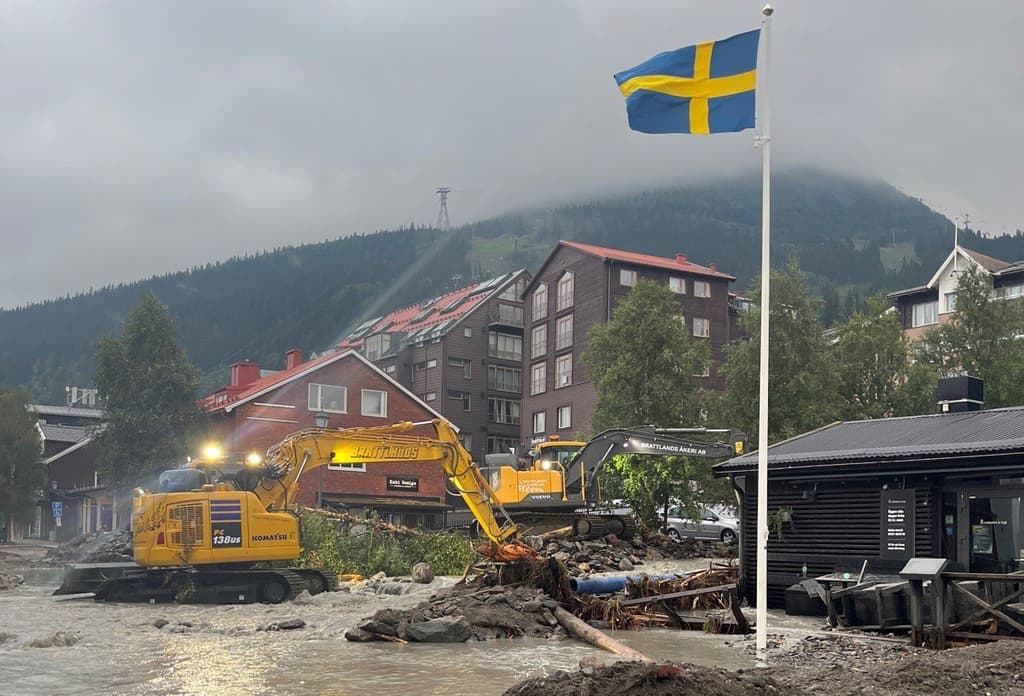Floods, storms, and flooding are expected to become more frequent and severe in Sweden due to climate change. Despite this, every third municipality has not mapped vulnerable areas or developed plans for flooding.
Very many do nothing until it happens, says Ulf Thysell at Svenskt Vatten.
Skåne coastal communities were hit by flooding when the sea level rose sharply during the storm Babet last autumn. In Åre, roads and bridges collapsed when the storm Hans in August caused the Susabäcken to overflow. And in 2021, Gävle was hit by a "thousand-year rain" where insurance companies and the municipality still have not agreed on who should pay the billion-krona bill.
These are just a few examples. Despite this, a survey from Svenskt Vatten shows that 30 per cent of Swedish municipalities have not mapped vulnerable areas in terms of flood risk or developed any action plan for such a scenario.
This is a problem already now, but it will become even bigger in the future. Since municipalities have planning monopolies, it is also their responsibility, says Ulf Thysell, Svenskt Vatten's strategist for climate adaptation.
Summer drought exacerbates
In late summer and autumn, the worst rainstorms and flash floods usually occur. Which risk areas exist and how to prevent flooding is individual – but in short, it's about giving water ways to drain without damaging properties and infrastructure.
For example, you can build dams, lower a football field where water can stand in the event of a flash flood, or work with the elevation of streets and parks.
Climate change not only increases the risk of severe flash floods but also of summer drought. If there has been drought first and a severe rainstorm breaks out, the consequences may even be worse.
If the soil is really dry, it hardens and cannot absorb the water, so it runs on the surface instead, says Thysell.
Praises Gothenburg
Rainy Gothenburg is a role model, according to Ulf Thysell.
I know they've come a long way with their action plan and have calculated what different measures would cost in a socio-economic calculation. It may be that others have done it, but Gothenburg is the only one I'm aware of, he says.
However, not all municipalities have the prerequisites to do this type of work.
In small municipalities, we see that this becomes a resource issue above all. More have opened their eyes to mapping their risk areas and developing plans, but unfortunately, it usually happens when they've already had a flood that has caused damage and social disruptions, says Ulf Thysell.





